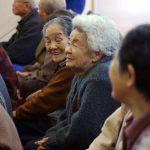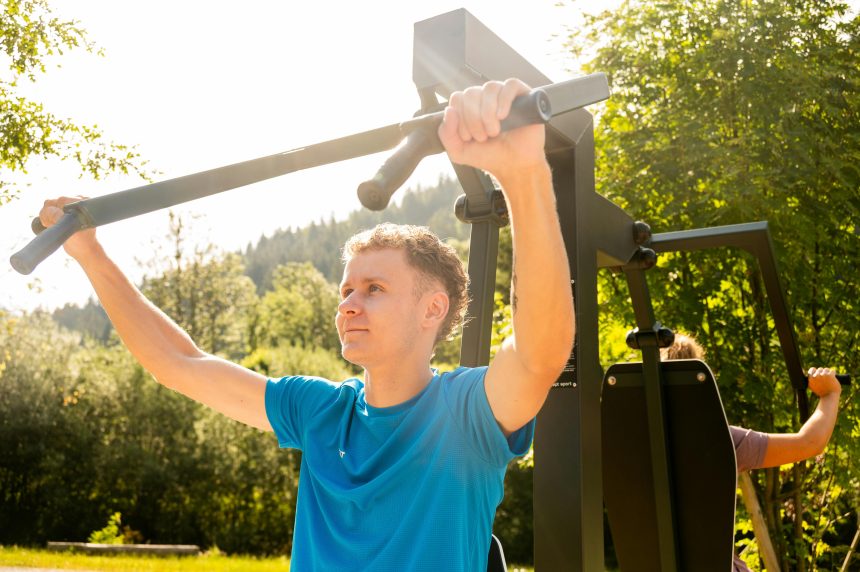Fitness Beyond Four Walls
The pandemic reshaped how people exercise. When gyms closed, parks and public squares became training grounds. What started as a necessity has now evolved into a lasting trend: outdoor gyms and community fitness spaces are gaining popularity worldwide, blending wellness with social connection.
The Appeal of Open-Air Workouts
Exercising outdoors offers benefits that traditional gyms can’t match. Fresh air, natural light, and exposure to green spaces all contribute to better mental health. Outdoor gyms also strip away the barriers of cost and intimidation — no membership fees, no waiting for machines, and no mirrors that make beginners self-conscious.
Designed for Everyone
Modern outdoor fitness areas go far beyond pull-up bars. Many cities are installing multi-station gyms with equipment for cardio, strength training, and stretching. They’re often designed to be inclusive, with accessible features for seniors and people with disabilities. These spaces invite families, groups of friends, and individuals of all ages to join in.
Building Community Through Movement
Unlike indoor gyms, outdoor fitness spaces foster interaction. Group classes, spontaneous workout meetups, and community challenges are common. For many, the sense of belonging and shared motivation is as valuable as the physical benefits. Fitness becomes less about personal goals and more about collective well-being.
Cities Investing in Health
Urban planners are increasingly treating outdoor gyms as essential infrastructure, much like playgrounds or bike lanes. From New York to Singapore, governments see them as cost-effective tools to promote public health. They also revitalize underused spaces — transforming empty lots or corners of parks into vibrant hubs of activity.
Potential Challenges
Of course, outdoor gyms aren’t perfect. Weather, maintenance, and safety can be obstacles. Without proper upkeep, equipment can deteriorate quickly. And while outdoor spaces are free, they lack the controlled environment of traditional gyms. Still, many communities view these challenges as worthwhile trade-offs for accessibility and inclusivity.
The Future of Fitness Spaces
As the demand for affordable, social, and flexible exercise grows, outdoor gyms are likely to expand further. Expect to see more hybrid models: outdoor spaces complemented by app-based workout guides, or community fitness hubs that blend wellness with cultural and social programming.
Final Thought
Outdoor gyms represent more than just a place to exercise. They embody a shift toward fitness as a shared, public good — accessible to anyone, anytime. In a world where health and connection matter more than ever, these community spaces prove that sometimes the best gym doesn’t have a roof.











